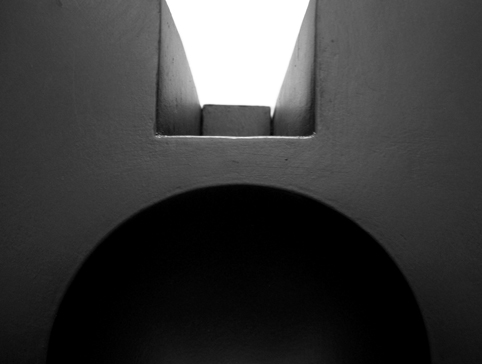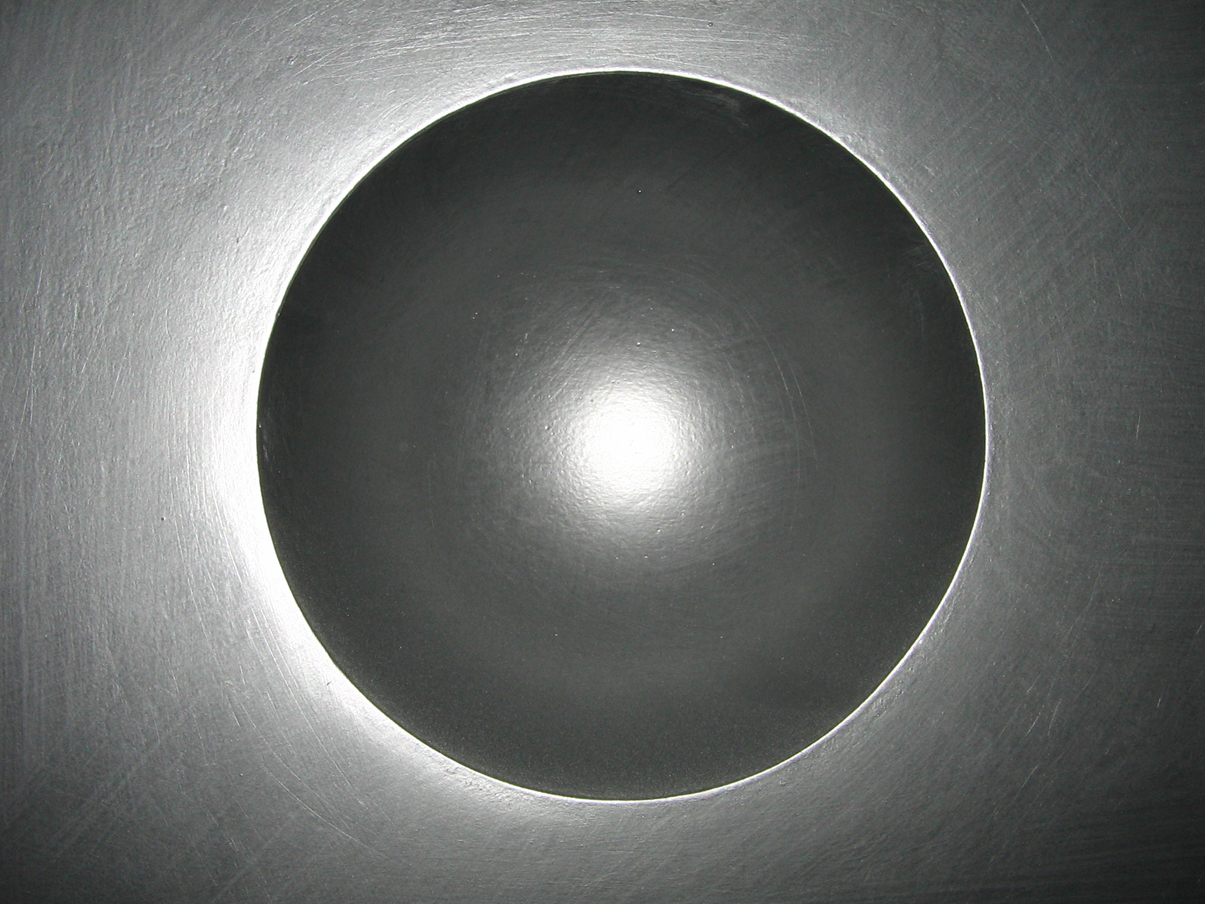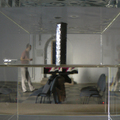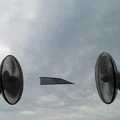

(1).jpg)
.jpg)

"Levitation is now reality, what is more, a technologically working, and applicable phenomenon. Using it in sculpting, however, can bring up brand new opportunities. According to traditional European approach, sculptures are three dimensional objects, standing on the ground, obeying gravity.
Objects floating in the air, refusing to accept gravity as one of the main powers of nature, can be viewed as tools in seeking connection between the material and spiritual worlds. Sculptures stalled on the ground or the ones separated from it but still based on gravity are of essential connection between the soil and the material, in other words they grow out of it.20th century hanged sculptures symbolise the connection with the sky, and are of metaphisical coherence. This way, floating objects bring on new thoughts and opportunities." Szvet


(1).jpg)
.jpg)






